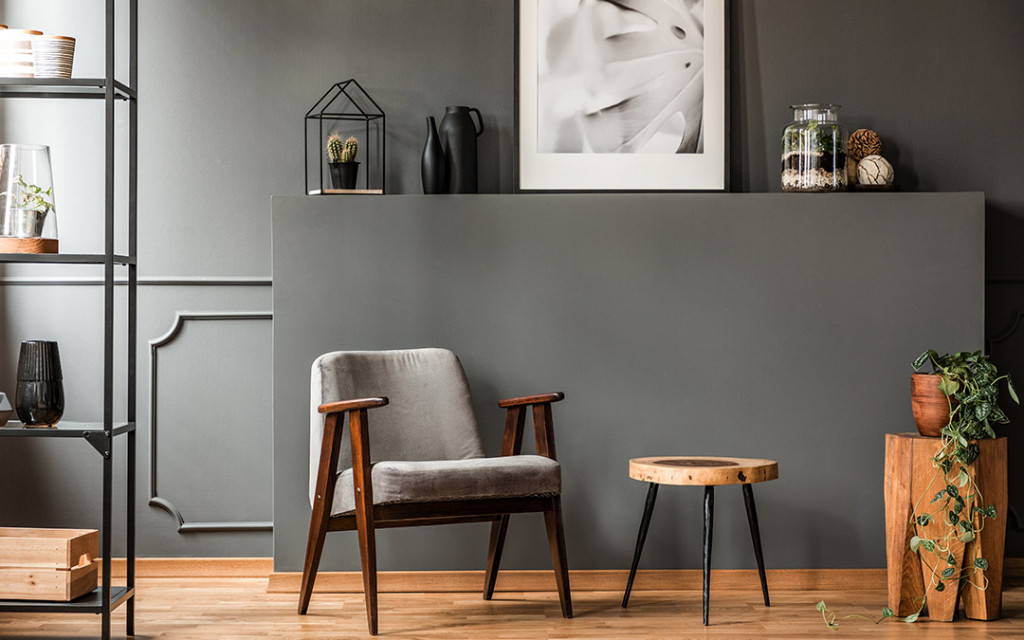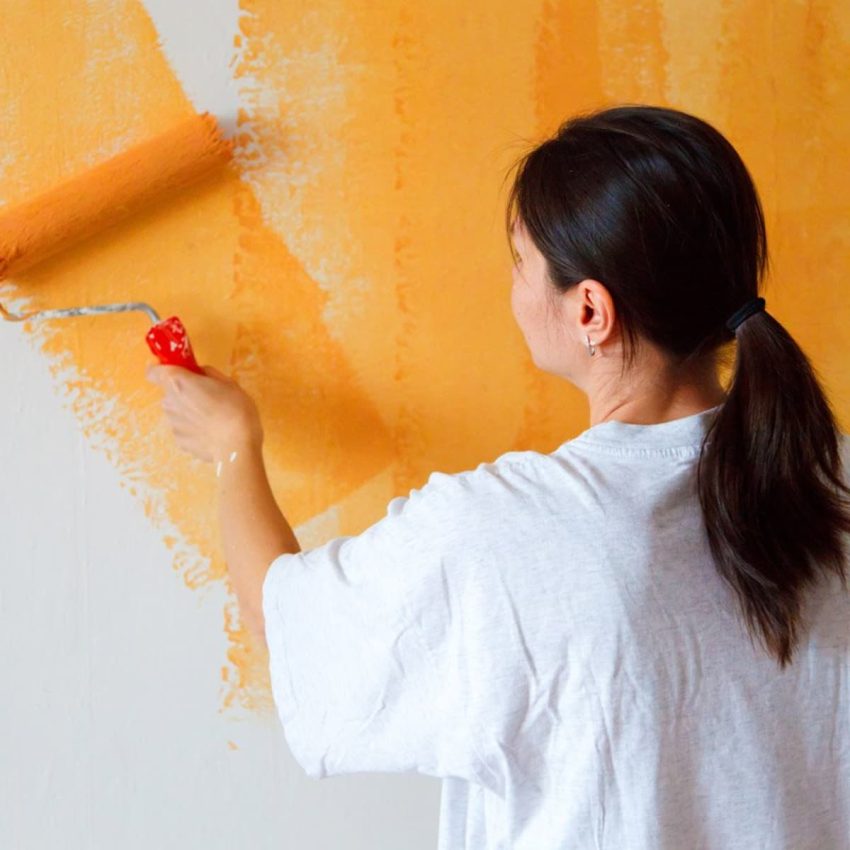How to paint concrete wall? Painting a concrete wall is an effective way to transform and rejuvenate its appearance, enhancing the overall aesthetics of a space. Whether you’re looking to add a pop of color or create a clean and uniform finish, painting can breathe new life into a concrete wall. In this comprehensive guide, we will walk you through the step-by-step process of painting a concrete wall, including surface preparation, priming, painting techniques, and finishing touches. Let’s dive into the world of home improvement and unlock the secrets to achieving a professional-looking painted concrete wall.
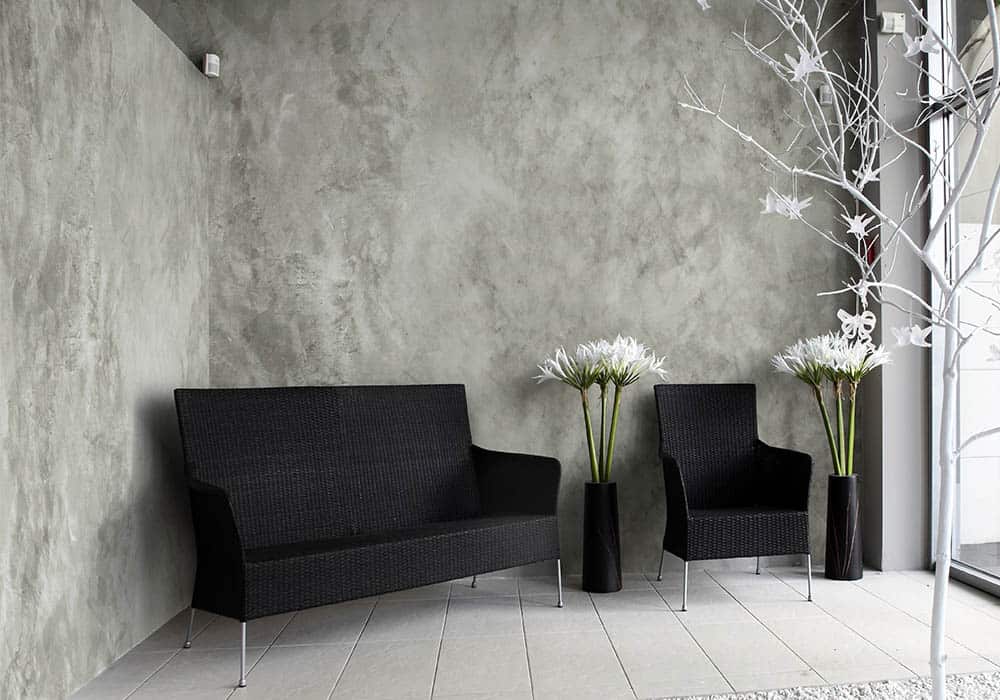
Surface Preparation:
Preparing the concrete wall properly ensures a smooth and long-lasting paint application. Consider the following steps:
- Clean the surface: Thoroughly clean the concrete wall to remove any dirt, dust, grease, or loose particles. Use a stiff-bristled brush, a pressure washer, or a solution of mild detergent and water. Allow the wall to dry completely before proceeding.
- Repair cracks and holes: Inspect the wall for any cracks or holes. Fill them using a concrete patching compound, following the manufacturer’s instructions. Smooth the patched areas with a putty knife, and allow them to dry and cure according to the product recommendations.
- Sand rough surfaces: If the concrete wall has rough or uneven areas, use sandpaper or a sanding block to smooth them out. This step promotes better adhesion and ensures a uniform paint washable.
Priming the Wall:
Applying a suitable primer is essential for optimal paint adhesion on a concrete surface. Consider the following steps:
- Select the right primer: Choose a primer specifically designed for masonry or concrete surfaces. There are different primer options available, including acrylic-based or epoxy-based primers. Consider factors such as the type of paint you plan to use and the condition of the concrete wall.
- Apply the primer: Use a paintbrush or a roller to apply the primer evenly across the entire concrete wall. Follow the manufacturer’s instructions for drying times and multiple coats, if required. Allow the primer to dry thoroughly before moving on to the next step.
Painting Techniques:
Painting a concrete wall requires proper techniques to ensure an even and professional finish. Consider the following tips:
- Choose the right paint: Opt for a high-quality latex or acrylic paint that is specifically designed for concrete surfaces. Consider the desired color and finish, such as flat, semi-gloss, or textured.
- Stir the paint: Thoroughly stir the paint to achieve a consistent color and smooth texture. Follow the manufacturer’s instructions regarding stirring and any necessary additives.
- Cut in the edges: Use a brush to “cut in” along the edges of the concrete wall, painting about two inches from the corners and edges. This creates a border before using a roller for larger areas.
- Roll the paint: Use a roller with a medium nap to apply the paint to the larger areas of the concrete wall. Work in small sections, applying the paint in a smooth and even manner. Maintain a wet edge while rolling to prevent visible seams or overlapping paint lines.
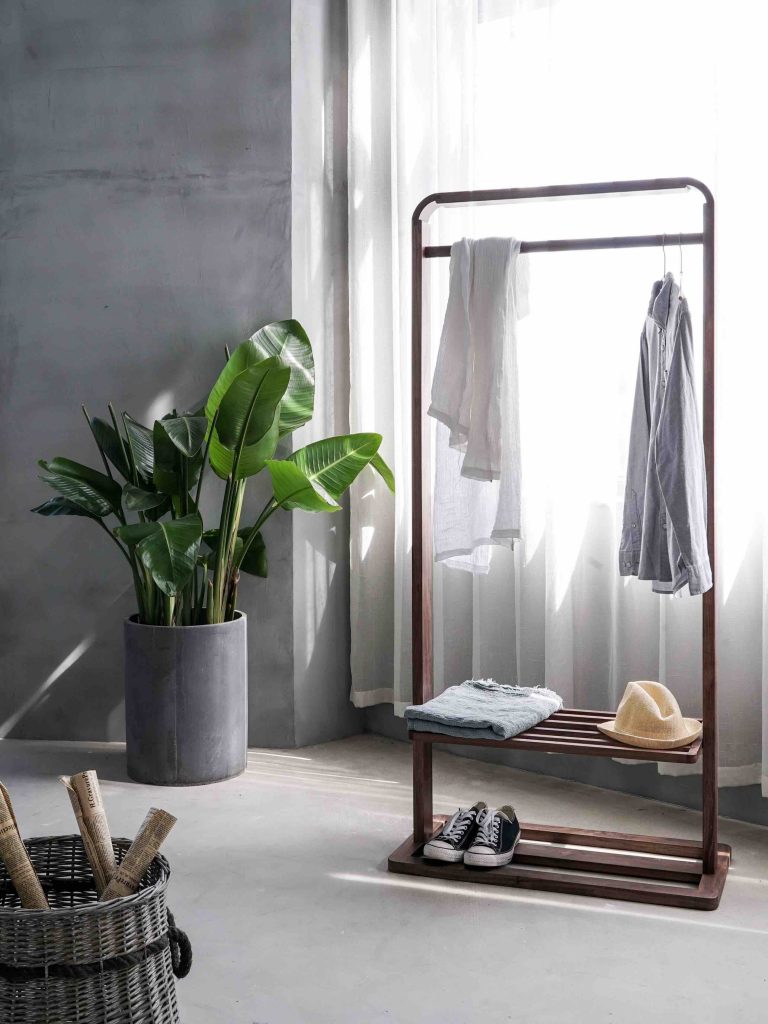
Finishing Touches:
Completing the painting process with finishing touches ensures a polished look for your painted concrete wall. Consider the following steps:
- Touch up edges: Inspect the edges and corners of the painted concrete wall. Use a brush to touch up any missed or uneven areas, ensuring a clean and seamless finish.
- Remove painter’s tape: If you used painter’s tape to protect adjacent surfaces, carefully remove it once the paint is dry. Remove the tape at a 45-degree angle to avoid peeling the paint an interior door.
- Clean up tools: Properly clean your brushes, rollers, and other painting tools with water or the recommended cleaning solution. Store them properly for future use or disposal according to local regulations.
Advantages of painted concrete wall
Painting a concrete wall can bring numerous advantages, from enhancing the visual appeal of a space to adding personality and creating a cohesive design. Whether used in interior or exterior applications, painting offers versatility, durability, and the opportunity to transform a plain or worn-out concrete wall into a vibrant and stylish element.

Aesthetic Enhancements:
Painting a concrete wall provides a range of aesthetic advantages, allowing for greater design flexibility and visual appeal. Consider the following points:
- Color customization: Painting allows you to choose from an extensive color palette, enabling you to match or contrast with existing décor, create a specific mood, or make a bold design statement. The possibilities are virtually limitless, allowing for creativity and personalization.
- Design versatility: With paint, you can experiment with various techniques, patterns, and textures to create unique designs on your concrete wall. From faux finishes to stenciling or even mural painting, the possibilities are endless, enabling you to achieve the desired aesthetic effect.
- Cohesive design scheme: Painting a concrete wall allows you to integrate it seamlessly into the overall design of a space. By choosing colors and finishes that complement other elements such as furniture, flooring, or architectural features, you can create a cohesive and harmonious visual scheme.
Protection Against Environmental Factors:
Painting a concrete wall provides an additional layer of protection, shielding it against environmental factors that can cause damage or deterioration. Consider the following advantages:
- Moisture resistance: Paint acts as a barrier, preventing moisture from seeping into the concrete and causing issues like mold, mildew, or efflorescence. This protection is particularly beneficial in damp or humid environments or areas prone to water infiltration.
- UV protection: Exposure to sunlight can cause concrete surfaces to fade, discolor, or develop unsightly cracks over time. Paint with built-in UV protection provides a shield against the damaging effects of the sun, preserving the integrity and appearance of the concrete wall.
- Durability and wear resistance: Concrete walls can be prone to chipping, abrasion, or other wear and tear. Painting creates a protective layer that helps to withstand daily use, making the concrete wall more resistant to damage and extending its lifespan.
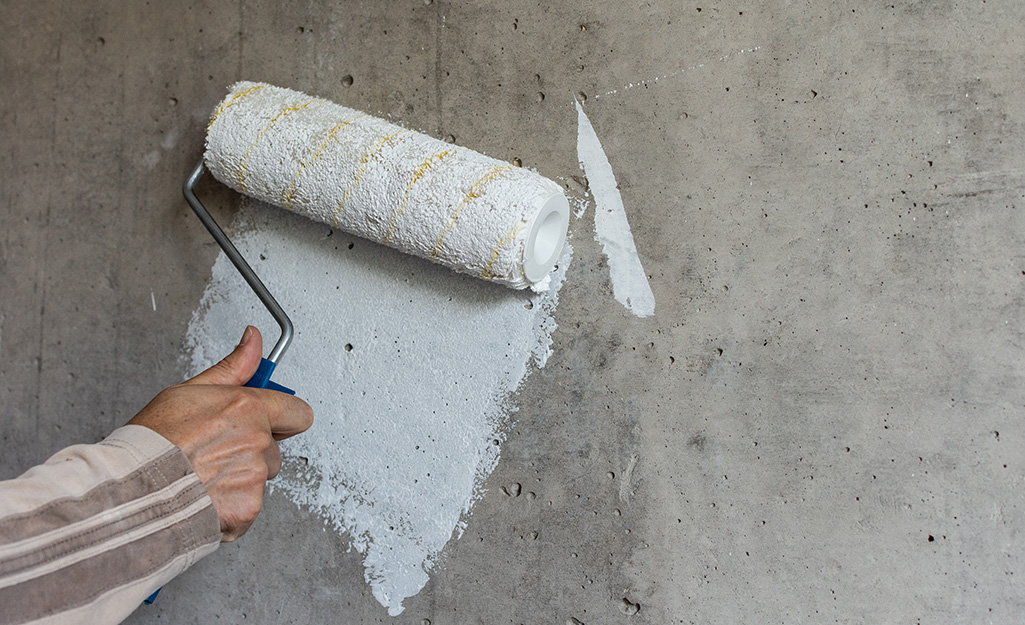
Cost-Effectiveness:
Painting a concrete wall offers a cost-effective solution to refresh or update the appearance of a space. Consider the following advantages:
- Affordable alternative: Compared to other surface finishes or wall coverings, painting a concrete wall is a more affordable option. It allows you to achieve a significant visual impact without breaking the bank.
- Cost savings on repairs: Painting can also provide cost savings by concealing imperfections, cracks, or blemishes on a concrete wall. Instead of costly repairs or plastering, paint house interior can serve as a budget-friendly solution to hide minor flaws.
- DIY potential: Painting a concrete wall is a DIY-friendly project that can save on labor costs. With proper preparation, tools, and instructions, homeowners can successfully undertake the painting process and achieve professional-looking results.
Conclusion:
Painting a concrete wall can significantly transform its appearance and enhance the overall aesthetics of a space. By following this comprehensive step-by-step guide and properly preparing the surface, priming, using suitable painting techniques, and adding finishing touches, you can achieve a professional-looking result. The fresh coat of paint will add new life to the concrete wall, creating a clean and appealing backdrop for the room. Embrace the satisfaction of a successful DIY project as you enjoy the enhanced beauty and renewed ambiance of your painted concrete wall.
